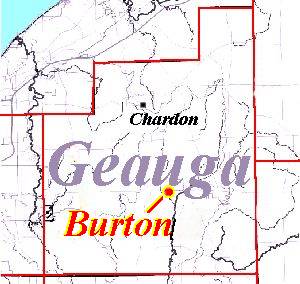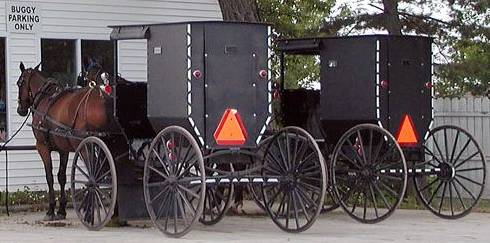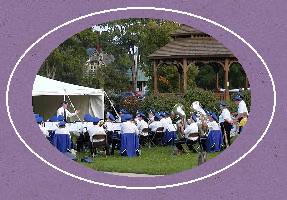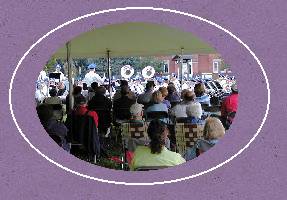
|
About
Burton
Country : United
States of America
State : Ohio
County : Geauga
County
Population:1.450
(census 2000)
|

|
The Village
of Burton, Ohio is located about 35 miles east of Cleveland, 20 miles south
of Lake Erie, and 8 miles southeast of the Geauga County seat at Chardon.
The first settlers arrived here in 1798. The surrounding area proved very
suitable for agriculture, and the population quickly grew as these lands
were purchased by an influx of additional families relocating from New
England.
|
They
brought with them ideas about the importance of religion and education,
so a high priority was the establishment of a church and school. The site
for these early structures, built during the period 1803-05, was as part
of a village built around an open green, reminiscent of New England practice.
Further development around this pubic square continued, with the addition
of homes, stores, a post office, a tavern, and services like a blacksmith
and harness maker to meet the needs of surrounding farms. The population
of Burton exceeded 1000 as early as 1820, but would stabilize near this
figure for many, many years. This was sufficient to provide the necessary
level of support to the nearby farming community.
|

In 1853,
the annual Geauga County Fair was moved from its earlier variable locations
around Chardon to a permanent location at Burton. There it would remain
right through the present time. The Great Geauga County Fair is now Ohio’s
oldest, continuously operating fair, having held an exhibition every year
since 1823.
|
|
A
year-round attraction at Burton is “Century Village,” a collection of early
buildings from around Geauga County moved here for preservation and as
an educational museum of early Western Reserve history. ( http://www.geaugahistorical.org/html/century_village.html
) Operated by the Geauga County Historical Society, the spacious grounds
of Century Village also serve as the site for numerous festivals and exhibitions
each year, such as an annual “Apple Butter Festival” in the fall, and an
annual summer exhibition of vintage farm power equipment, including old
steam tractors and threshers as well as petroleum-fueled tractors built
before 1950.
|
Many of
the farms outside of Burton are today owned by Amish farmers, whose religious
beliefs dictate that they live in much the same way as the early settlers,
relying on animal power and hand tools without benefit of such modernisms
as electricity or pressurized water. Burton is a staging point for visitors
to begin excursions into “Amish Country” to view firsthand what many find
a quaint way of life and a reminder of bygone times.
|
 |
|
A
bandstand has figured in Burton community life for over 125 years. The
first bandstand was constructed on the village green in 1878, and here
Orlando B. Hoadly was the leader of the town band comprised of 20 men.
In his journal, Henry C. Tuttle wrote in 1886 : “Burton is a pleasant place
for a few days' rest. It has a ten-acre square with homes, churches and
academy grouped around it, and on it is a band-stand where, on evenings,
the village band gives excellent music.”
|

|
That
bandstand would last for 50 years. The band members appeal for a new structure
was heard by the town fathers. Dana Clark, a Cleveland architect, drew
up and donated the plans for a fine replacement. Built upon a foundation
of white limestone, it was dedicated in 1930 with four of the original
band members in attendance.
The
bandstand fell into disuse in the years after World War II, but interest
was rekindled when it was seen as an asset for use in connection with the
growing number of public events being staged in Burton.
|

|
The
structure that you see here is Burton’s third-generation bandstand and
is used for such purposes. Although there is no longer a “town band,” in
1938 a group named “The Great Geauga County Fair” band was formed, calling
the Burton fairgrounds their home.
|
Comprised
of musicians from around the area and appearing at events throughout Northeast
Ohio,
|
 |
the
band occasionally provides public concerts on the Burton town green, such
as the one seen here.
|

|
Henry
Tuttle could not foresee that 120 years after his writing, the tradition
of gathering on a summer evening for “excellent music” at the Burton bandstand
would still live on.
|